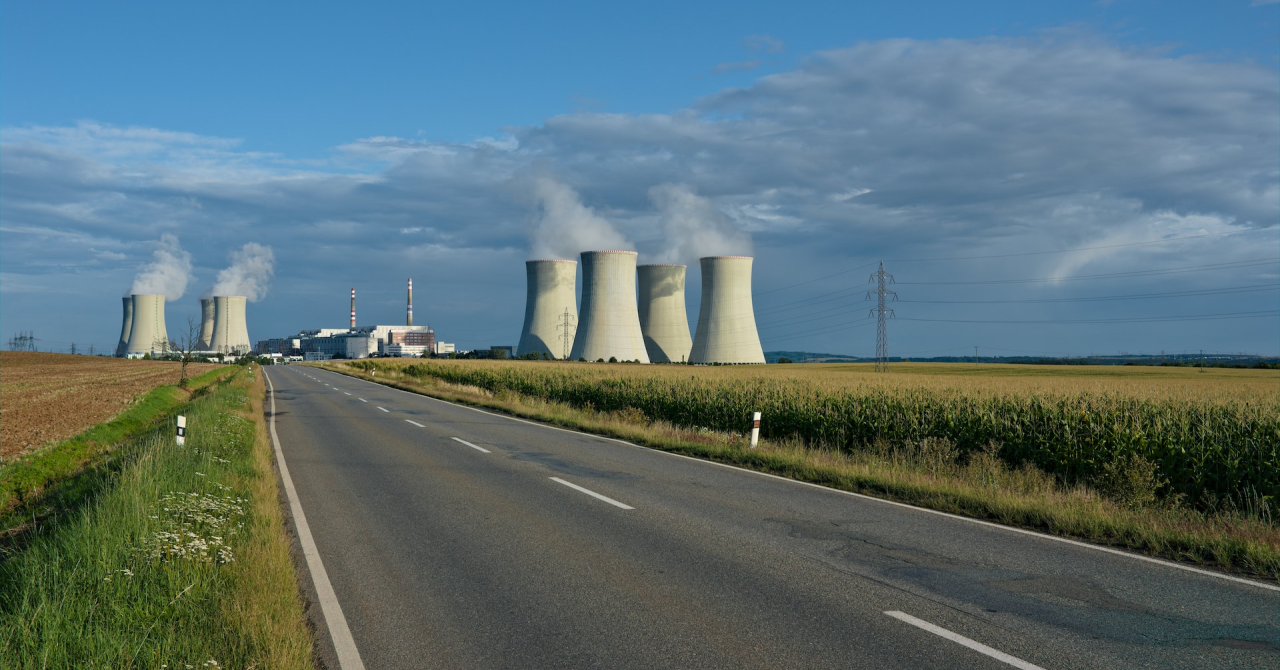Nuclear Power Daily reports that Germany, a country which still relies quite heavily on polluting coal for power sourcing, will switch off its last remaining nuclear reactors on April 15th.
Currently, nuclear power represents 10% of the energy generated worldwide and it is being used in 31 countries, as per IEA experts.
The nuclear power industry suffered its major setback in 2011 following the Fukushima disaster, when many reactors around the world were shut off for fear of emerging issues.
China, who planned multiple reactors at the time, slowed down their construction, while other nations, such as Germany and Switzerland, decided to gradually shut off their reactors to prevent disasters.
Experts at the International Atomic Energy Agency (IAEA) revealed that, from the 441 functional nuclear reactors the world had back in 2002, only 422 were functioning at the end of 2022.
The US is one of the world's nuclear superpowers with its 92 nuclear reactors generating energy for the country, although quite a number of them are around 42 years old and just two new ones are being built.
US President Joe Biden believes nuclear power will provide the answer to the nation's outlook for clean energy, which should run on full carbon-free power by 2035.
France is another country with great emphasis on nuclear, with its 56 nuclear reactors aged on average 37 years old. The European nation uses the most nuclear-derived power per capita. In order to continue to support this industry, French officials plan to build six to 14 new reactors by 2035-2037.
Poland and the Czech Republic are two European countries that are looking at nuclear energy as a way to reduce their use of carbon-rich energy, while Japan is considering restarting some of the reactors it shut off after the Fukushima disaster and even bring new reactors on grid.
 Mihai - Cristian Ioniță
Mihai - Cristian Ioniță












Any thoughts?